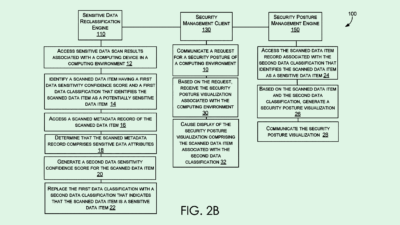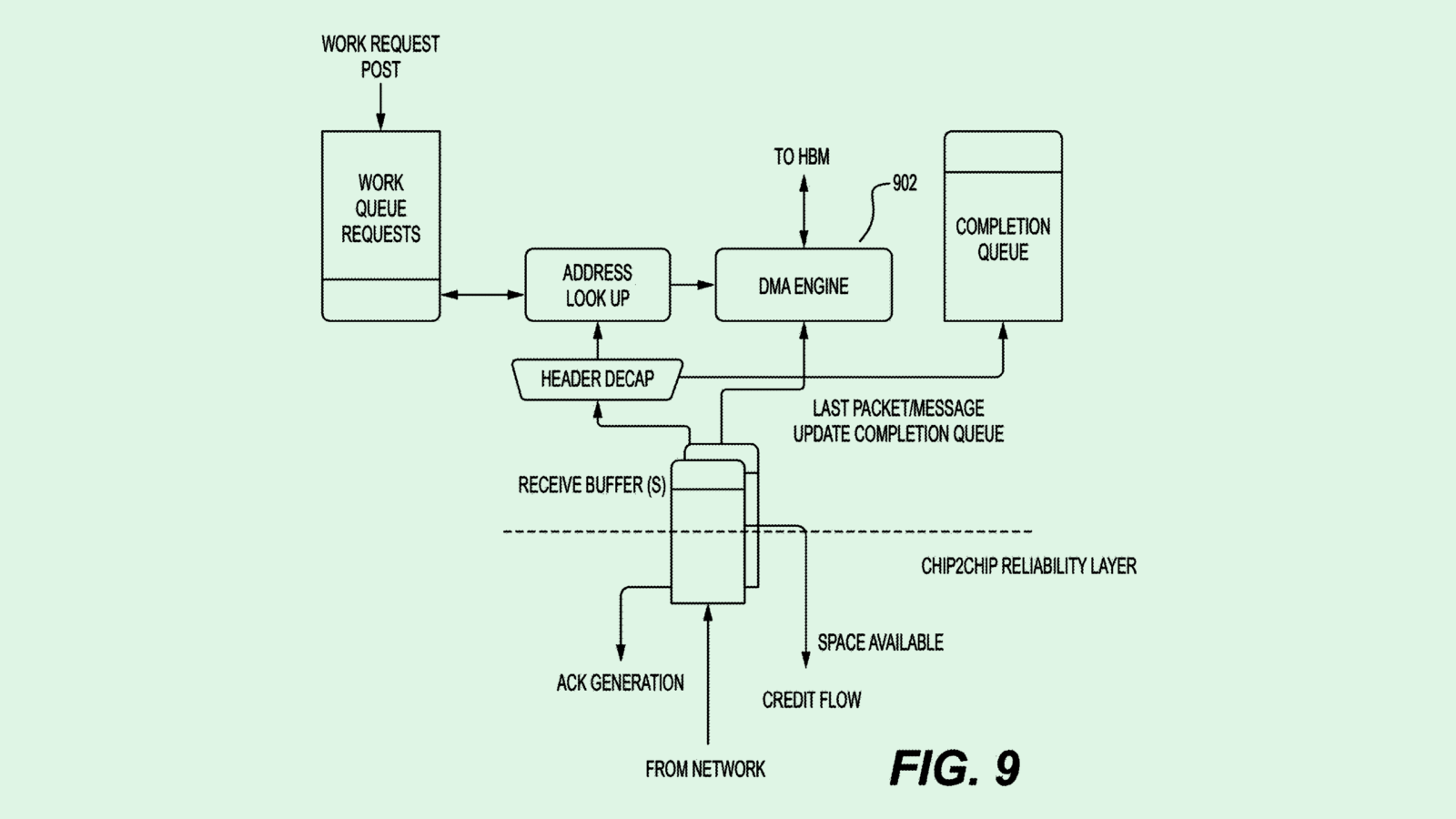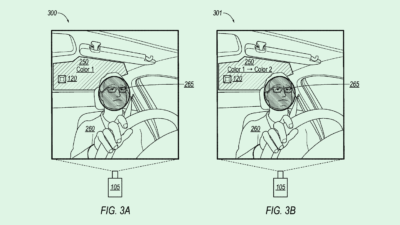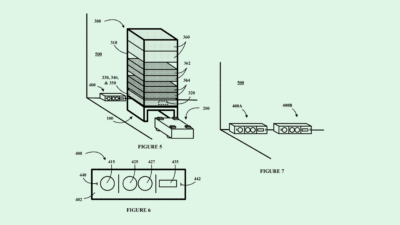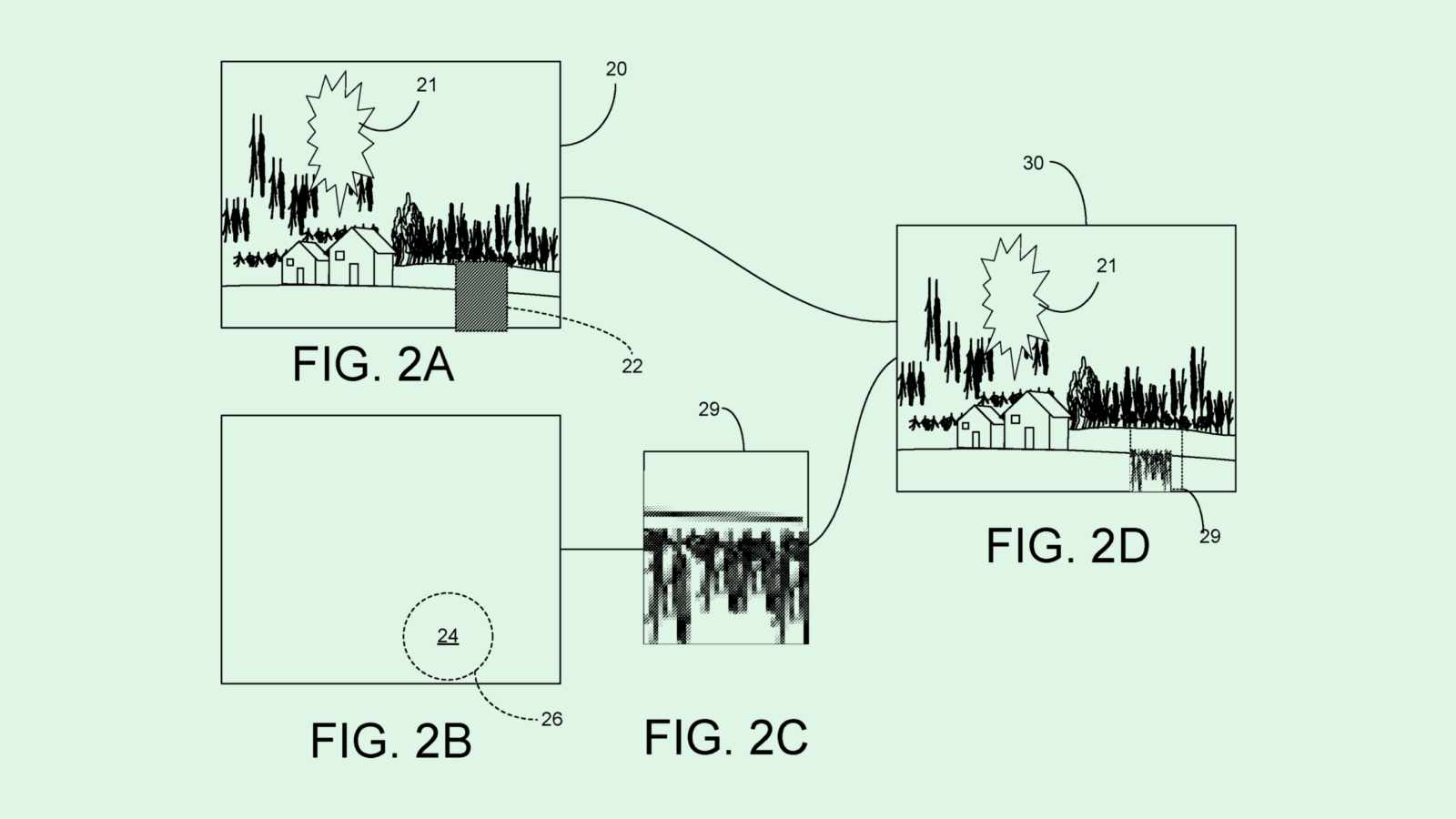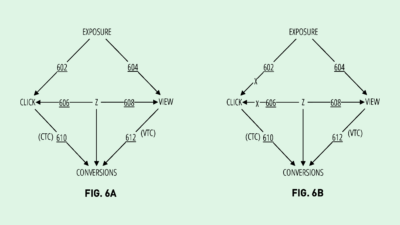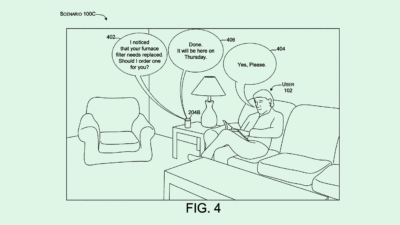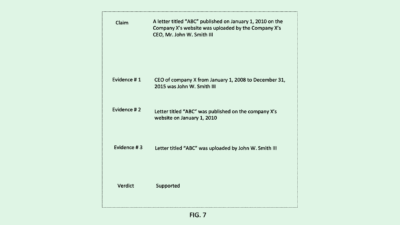Airbus Patent Aims to Clean Up Airplanes’ Earth-Warming Contrails
But stymieing aviation emissions may take more than just workarounds for contrails.
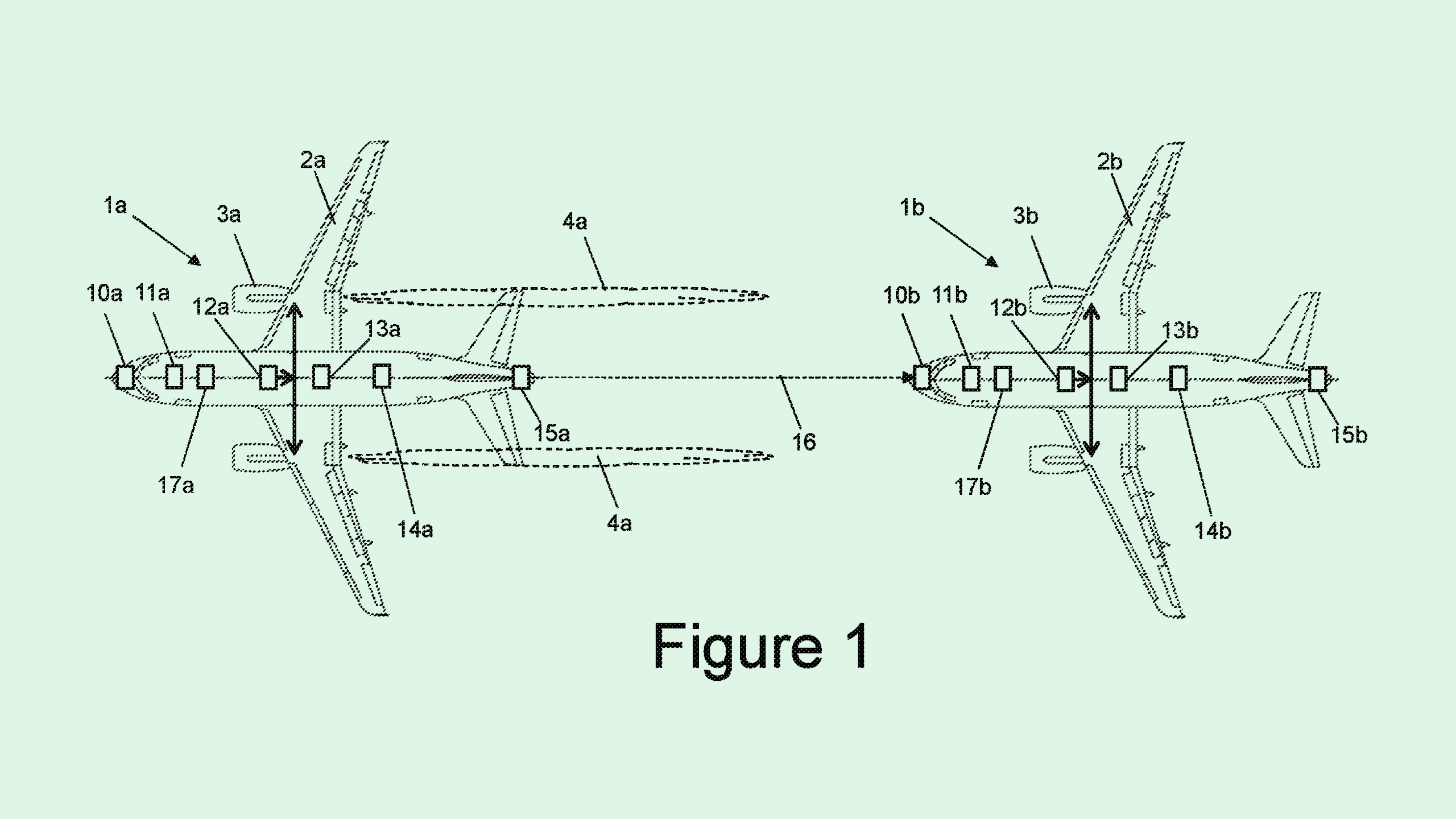
Sign up to uncover the latest in emerging technology.
Airbus wants to leave no trace.
The European aerospace manufacturer filed a patent application for “contrail suppression.” This tech essentially aims to clean up the white streaks, known as contrails, that airplanes leave behind during flight.
Because contrails let in solar radiation and trap heat in the Earth’s atmosphere, the seemingly innocuous streaks can contribute to climate change. To mitigate this effect, Airbus’ tech relies on a second aircraft to collect data about environmental conditions that would contribute to contrails.
This extra aircraft would essentially serve as a scout, using several sensors to collect data relating to atmospheric conditions, such as humidity and temperature, that contribute to generating contrails, as well as determine whether or not it created any contrails itself during flight. That data would then inform other aircraft about actions to avoid creating additional streaks.
For example, the aircraft may be alerted to switch to a sustainable fuel that is less prone to causing contrails as it “produces less soot,” said Airbus. It may also adjust the flight route to avoid areas where atmospheric conditions cause contrails.
Pollution caused by air travel accounts for roughly 2% of global carbon emissions, according to a 2022 report from the International Energy Agency. However, the warming effect caused by contrails magnifies the issue, their impact likely greater than that of aircraft emissions themselves.
“This issue of contrails is one that I think not a lot of people are aware of,” said Greg Smithies, partner and co-lead of the climate technology investment team at Fifth Wall. “But it’s always been the thinking that it’s kind of unavoidable. It was just kind of a given.”
Researchers, airlines, and tech firms have proposed using AI to solve the problem: Delta Airlines and MIT are developing an algorithm to forecast contrail creation using satellite information, aiming to reduce contrails by about 80%.
Though Airbus’ patent aims to mitigate the damages, it may do just as much harm as good, said Smithies. Because the proposed tech relies on a second aircraft to serve as a scout, that aircraft is, itself, creating contrails and burning jet fuel. Plus, navigating around contrail-prone areas increases flight time, he noted, thereby burning more jet fuel. “I would guess that the juice is not worth the squeeze on this,” said Smithies.
And stymieing aviation emissions is going to take more than just workarounds for contrails. The long-term solution is a larger transition toward sustainable fuel sources, Smithies said, such as hydrogen-based fuels. But that comes with its own challenges, namely the massive capital expenditure and a “10-, 20-, or 30-year time horizon.”



